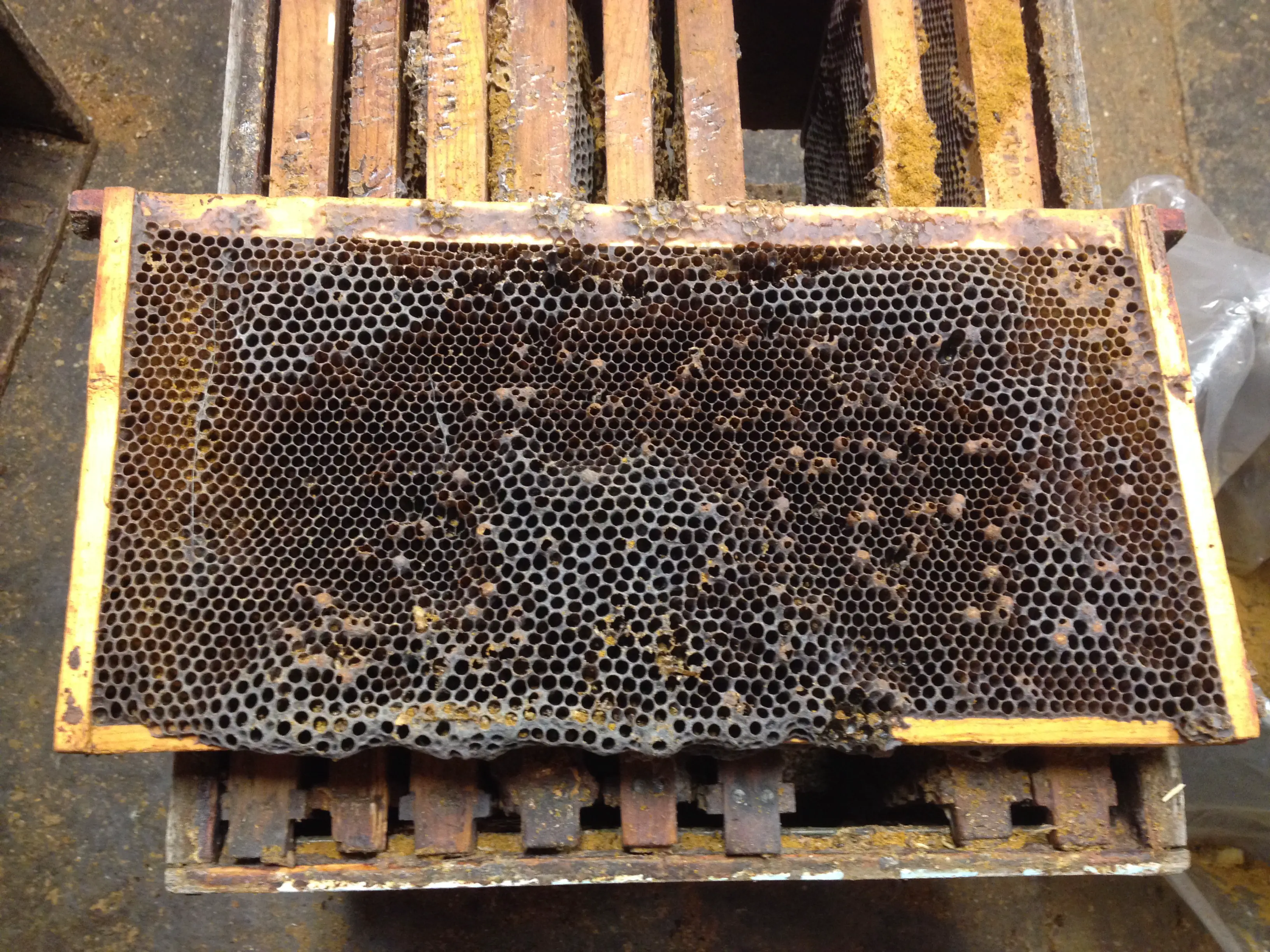For a novice beekeeper- who’s just gotten a new swarm of honeybees- the thought of opening a hive to find a whole colony wiped out is devastating. But if you’re a seasoned beekeeper, you probably know that this can happen, particularly during winter.
Like the home of any other living creature, honeybee hives don’t last forever. So what do you do with a dead beehive? The first step is to learn as much as you can so as to avoid similar issues in the future.
Identify the Cause
The first thing you need to do is investigate your dead beehive. If they died during winter, there’s a good chance that their death was caused by the weather. Any one of the following scenarios could have played out:
To avoid some of the above causes, it might be worth examining where your hive(s) are placed. Read our article on where to place your Hive to see if a location change could help.
Treat the Dead Hive like a Live Colony
Even if your colony is dead, there’s a high possibility that you’re cleaning a hive that’s still rich in honey and pollen. This means that it’s likely to get invaded by other swarms of bees and possibly even wasps from the nearby area.
To avoid putting yourself in danger, you should dress in the same way you would if you were inspecting a live colony. That means wearing a veil, beekeeper’s suit, gloves and proper shoes.
Sort Out the Affected Frames and Comb
Once you’ve gotten rid of the dead colony, the next step is to sort through the frames. Divide them in several piles: those that can be reused, salvaged and trashed. The kind of frames you throw in the trash will depend, to a great extent, on how the bees died.
If they died from a deadly condition like American or European foulbrood, you should get rid of all the frames that are severely affected. This way, there’s no risk of a new colony getting infected by the same bacteria.
If you really have to recycle frames from such a hive, consider disinfecting them. You can achieve this by putting them in a freezer for 1 to 2 days. Exposing wooden ware to the extremely cold environment destroys all wax moth eggs and bacteria.
Alternatively, you can soak the frames in a solution of bleach and water. Add a cup of bleach to about 5 gallons of water, then place the frames in this mixture. There are also several spray-on-the-comb treatments, which you can purchase to deter wax moths and other pests.
See our post on how to clean a dead beehive for more info on this.
Extract Honey
If your hive still has capped honey, you can extract it for personal use. However, this comes with a few conditions. One, you should rule out diseases and infestations as the likely causes for the wipe-out.
Two, you should not have performed any chemical treatment prior to the death of the colonies. The reason for this is that you have no way of determining whether the chemical compounds came into contact with the honey.
Summary
Losing a beehive is very disheartening, and more so for beginner beekeepers who are just learning the ropes.
But instead of wallowing in misery, you should take this as an opportunity to learn. Find out what caused the death of your colonies. The most common causes are mite infestations and weather changes. Next, extract any honey left, but only if it’s safe to do so. Then, sort through the frames and save those that can be reused.
Finally, and most important of all, don’t give up! Beekeeping can be incredibly rewarding. Not only do you get “free” delicious honey, you are also helping save the planet, one pollinated flower at a time!


![3 Big Mistakes Beginner Beekeepers Make [And How To Avoid Them!]](https://beekeepingabc.com/wp-content/uploads/2020/11/3-mistakes-beginner-beekeepers-make-90x75.jpg)

![Move over ducks, Queen Bees quack too! [Here’s Why]](https://beekeepingabc.com/wp-content/uploads/2020/06/queen-bee-90x75.png)
![The Flow Hive 2 Review [ Vs. The Classic Flow Hive]](https://beekeepingabc.com/wp-content/uploads/2020/02/Flow-Hive-2-90x75.jpg)
![How Bees Fly [10 Facts About How, When, and Why]](https://beekeepingabc.com/wp-content/uploads/2019/12/A-Bee-Flying-90x75.jpg)